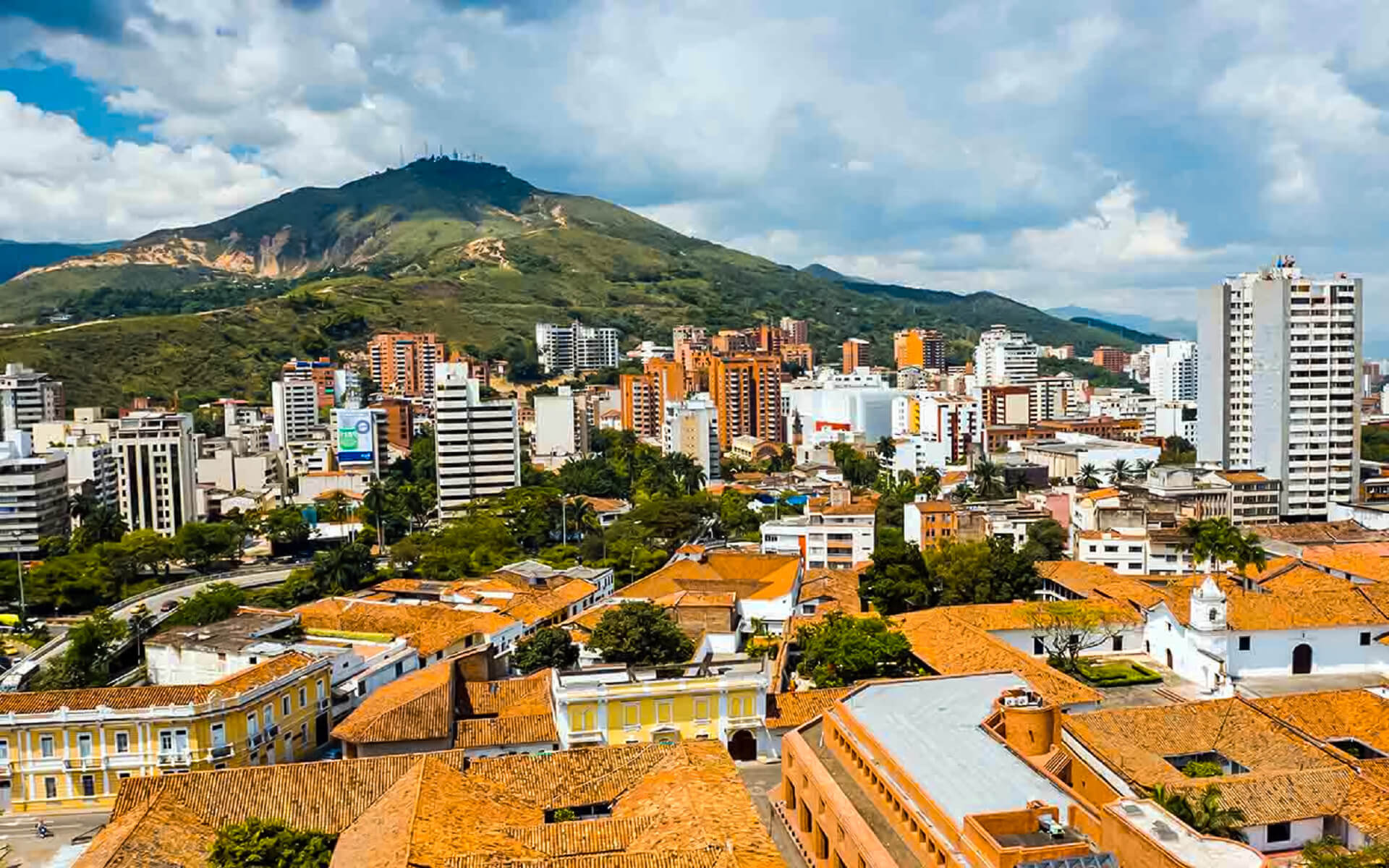Cali and Valle del Cauca are Colombia’s third major economic centers, with national and international trade taking place. The city is a must-see from / to the south and the border with Ecuador, and it is linked to the rest of the globe through the Buenaventura harbor.
The late-twentieth-century recession economy started to take form. In addition to the drug war, there was atomization of municipal resources, a lack of continuity in the next government’s development goals, and a lack of human and economic resources required to accomplish the mayor’s objectives. All of this contributed to an environment of suspicion among the general public, industry, and regional government. In this context, Colombian President Gaviria’s economic openness agenda caught the city off guard.
When the economic crisis hit in 1998, the national government was unable to react to the request of local politicians, and mayors were forced to implement austerity measures under pressure from creditors, causing the vallecaucano development model to fail. Furthermore, the tightening of the country’s internal struggle necessitated a tax rise directed at national war expenditures, leaving less opportunity for local governments to gather the funds needed for their development plans via taxation.
Economic circumstances in the nation and city have altered in the twenty-first century. The economic model that handled the vallecaucano department until the 1980s has been replaced by globalization of the economy, as evidenced by capital inflows of Colombia’s most important economic groups, the formation of strategic alliances between entrepreneurs and multinational vallecaucanos, the concern of companies in the region to optimize their resources and services, investment, and diversification of economic groups. Faced with the loss of power of the region’s traditional leaders, the Cali Chamber of Commerce (CCC) has stepped in to act as a facilitator of private sector resources focused on civic and social projects.
According to DANE figures, the Valle del Cauca region’s yearly GDP growth rate in 1995 was over double the national average. GDP climbed by vallecaucano even 1 percent in 1997. The country’s economic crisis was felt in 1999, with a slump that caused the economy to be diminished, with GDP growth of 4%. Since then, the Valley’s GDP has expanded with ups and downs, but its percentage share of national GDP has been declining since 1995, as indicated in the graph.
The department makes a considerable contribution to the national economy. According to 2005 figures, the agricultural Valley produces 5.37 percent of national productivity, which is quite low when compared to Antioquia (15.48 percent) or Cundinamarca (15.48 percent) (12.81 percent ). In terms of fishery goods, the area ranks first, with vallecaucana accounting for 36% of total output in the nation. In terms of mining, the Valley is not a metal area; but, in terms of non-metallic resources, the department produces 8.15 percent of Colombia’s value added.
The vallecaucana industry accounts for 13.81 percent of national value added, behind only Bogotá’s 25.39 percent and Antioquia’s 18.20 percent. Food, beverage, and snuff sectors, in particular, are key components of the Valley’s economy, accounting for 16 percent of national value added, a figure matched or exceeded only by Antioquia and Bogotá. In terms of commerce, Bogotá has a national share of 32.22 percent, Antioquia has 13.25 percent, and Valle has 11.34 percent. Transportation services have a value added of 12.52 percent in the Valley.
Cali’s Consumer Price Index (IPC) has been among the lowest among Colombian cities over the past decade. Approximately 78 percent of Cali’s population is of working age (over 18 years). For the first time in six years, the city’s occupancy rate over 60% in 2005, confirming the city’s strong economic performance, which has been driven mostly by expansion in industry, agriculture, and commerce, among other sectors.
Cali is home to Drogas La Rebaja, one of Colombia’s major pharmaceutical shop chains.


